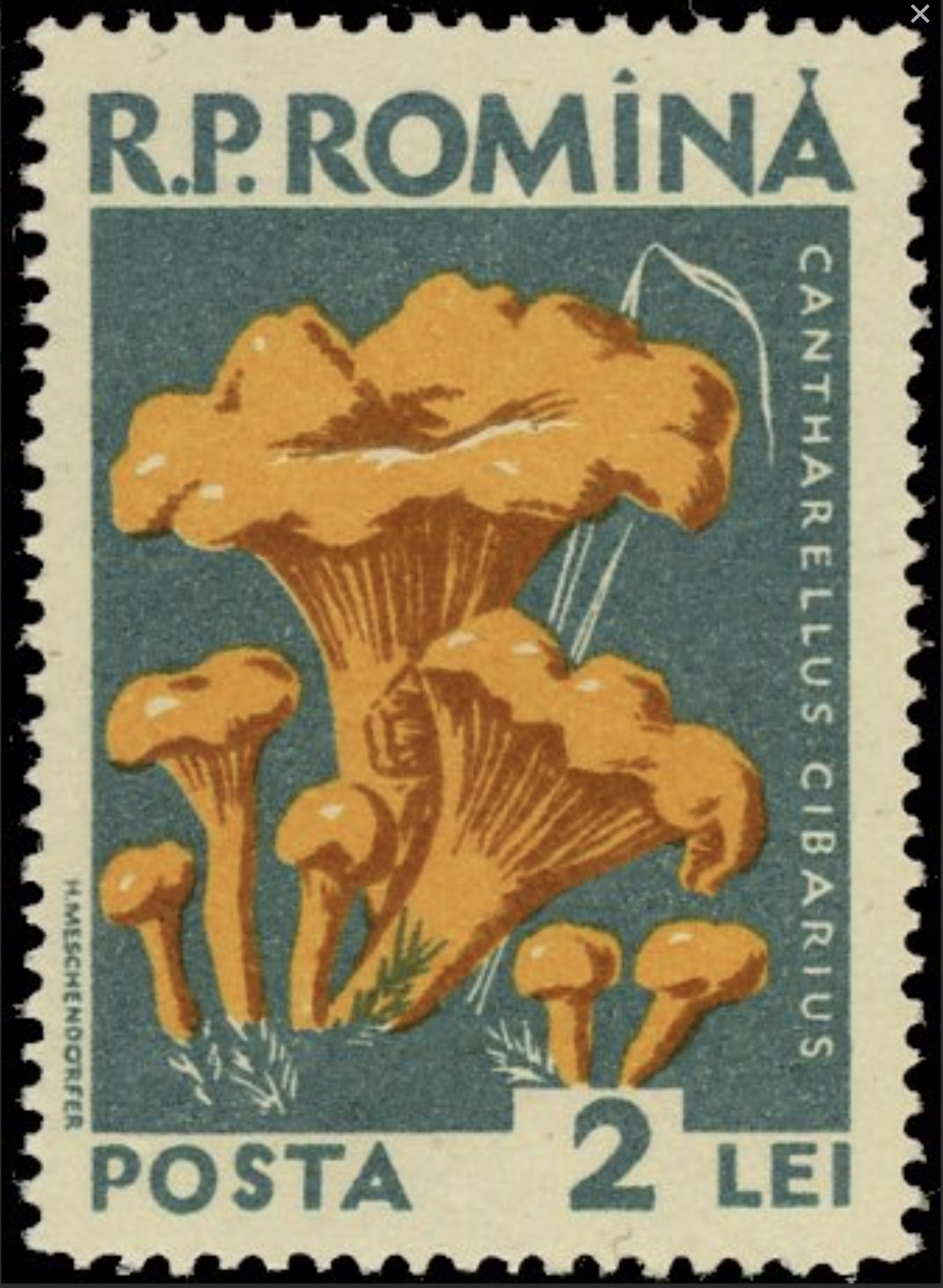Germany, Democratic Republic (DDR) #1839a (1977) – “When Communists Dream” by Walter Womacka
$5.25
Germany, Democratic Republic (DDR) #1839a (1977) – “When Communists Dream” by Walter Womacka
Souvenir Sheet of 4
Description
Germany, Democratic Republic (DDR) #1839a (1977) – “When Communists Dream” by Walter Womacka
Souvenir Sheet of 4
Walter Womacka (1925–2010) was a German painter, graphic artist, and sculptor, known for his work in East Germany. He played a prominent role in the cultural scene of the German Democratic Republic (GDR). Here are some key points about Walter Womacka:
- Background: Walter Womacka was born on December 22, 1925, in Bremen, Germany. He studied at the Dresden Academy of Fine Arts and later became a professor there.
- Artistic Style: Womacka’s work was influenced by socialist realism, and he often depicted scenes that promoted socialist ideals and the achievements of the GDR. His style evolved over the years, incorporating elements of modernism.
- Notable Works: One of his most famous works is the mural “Unser Leben” (“Our Life”) on the Haus des Lehrers (House of Teachers) building in Berlin’s Alexanderplatz. The mural is a large-scale depiction of East German life and education.
- Official Positions: Womacka held several official positions in East Germany, including serving as the president of the East German Academy of Arts (Akademie der Künste der DDR) from 1974 to 1989.
- Awards: He received various awards for his contributions to art and culture in East Germany, including the National Prize of East Germany.
- Post-Reunification: After the reunification of Germany in 1990, Womacka faced criticism for his association with the East German regime, and some of his works were removed or relocated. However, he continued to work as an artist.
- Later Life: Walter Womacka passed away on September 18, 2010, in Berlin, Germany.
Walter Womacka’s art is a reflection of the political and cultural context of East Germany during the Cold War era. While his work was aligned with the socialist realist aesthetic promoted by the East German government, it is also seen as a representation of the complexities and contradictions of art and ideology in that period.
Ready to ship in 3-5 business days from United States (US)
Additional information
| Weight | 0.0149 lbs |
|---|---|
| Condition | |
| Country | |
| Scott Number | |
| Stamp Format | |
| Stamp Type | |
| Year of Issue |













